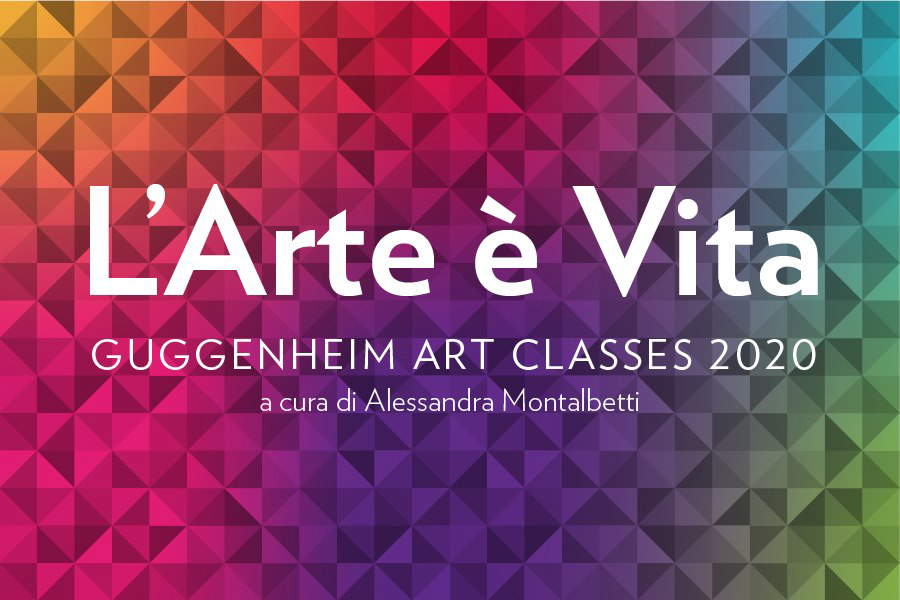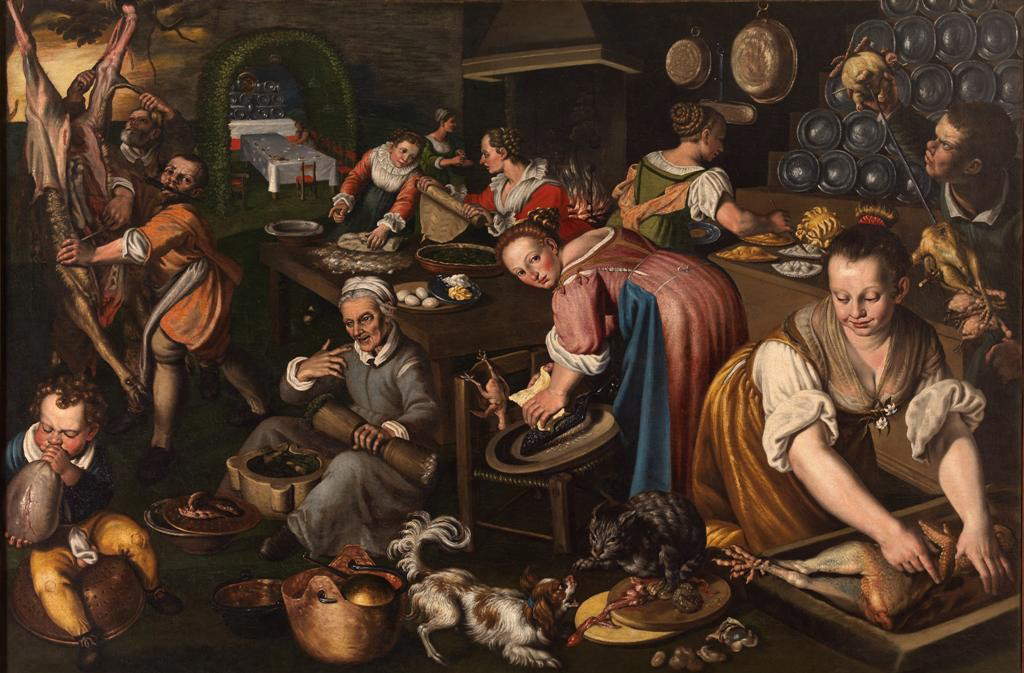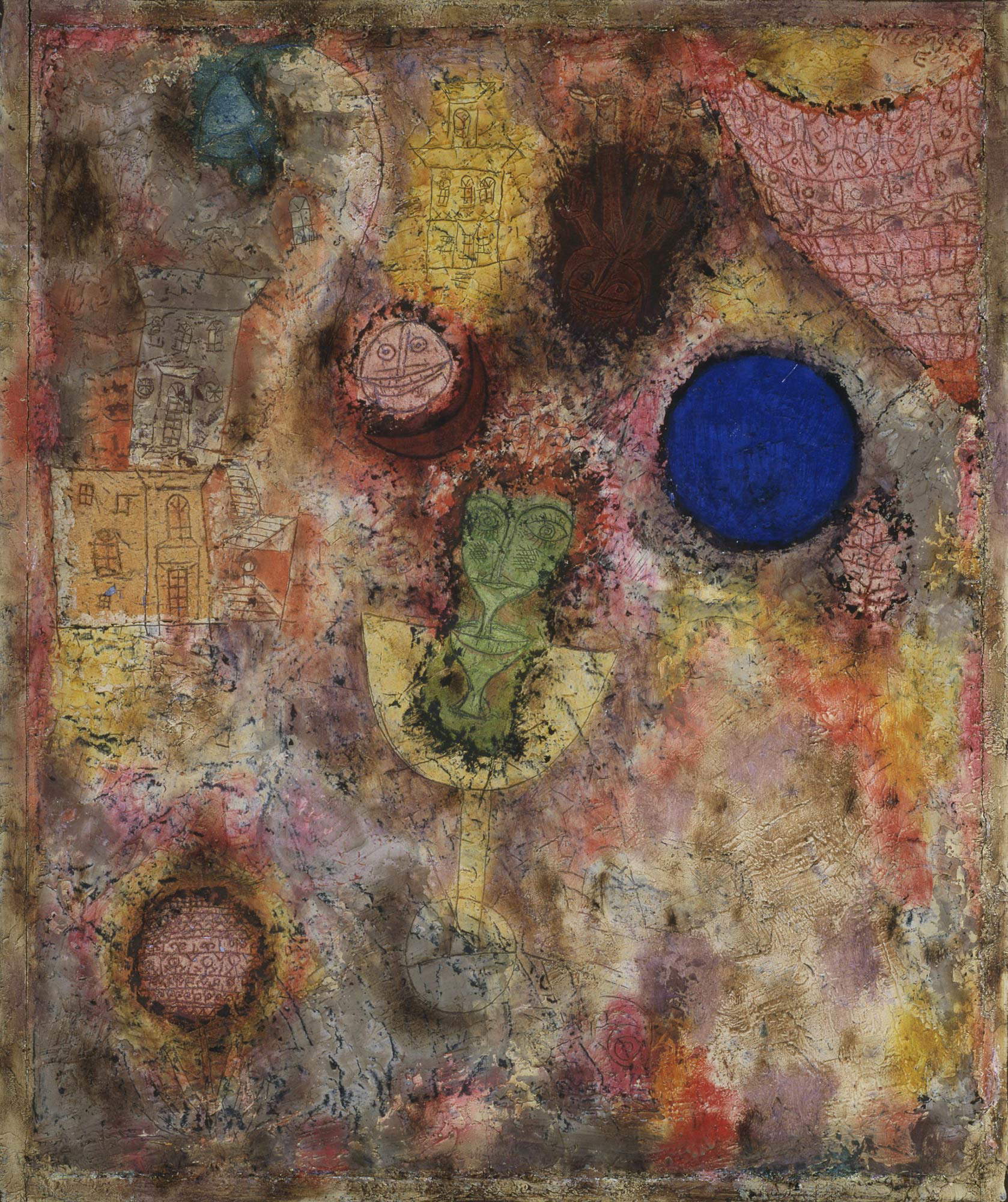The Peggy Guggenheim Collection has kicked off, starting November 23, 2020, two cycles of online art history lectures, on the Zoom platform, entitled Art is Life. Each lecture is dedicated to a particular pairing of art and other themes that have deep connections to the latter but that we do not always know how to grasp. In fact, the first cycle featured themes such as alchemy, advertising, music, and food. The second cycle (Jan. 25 to Feb. 22, 2021) will feature literature, philosophy, fashion, and film. Art is Life is led by Dr. Alessandra Montalbetti (Pinacoteca di Brera), who has always been involved in museum education and has been working with the Peggy Guggenheim Collection since 2012. For the past six years she has conceived and led the Guggenheim Art Classes and the online series Incontri. We interviewed Dr. Montalbetti to hear about this new initiative. The interview is edited by Ilaria Baratta.
 |
| The poster for the Art is Life series |
 |
| Vincenzo Campi, The Kitchen (c. 1590, oil on canvas, 145 x 220 cm; Milan, Pinacoteca di Brera) |
 |
| Paul Klee, Magic Garden (Zaubergarten) (1926; oil on plaster-filled wire mesh, 52.9 x 44.9 cm; Venice, Peggy Guggenheim Collection) |
 |
| Vincenzo Campi, The Kitchen (c. 1590, oil on canvas, 145 x 220 cm; Milan, Pinacoteca di Brera) |
IB. Museums are closed, but the Peggy Guggenheim Collection has decided to offer, as in the first wave of Covid-19, cycles of online art history lectures. Let’s start with the title chosen for the initiative, Art is Life: why should art be considered life?
AM. In this complex time, where the Beautiful seems to have disappeared, everything is overpowered by pain and each of us is searching if not for a solution certainly for a resource, I thought of the phrase of the American painter Robert Henri, when he states that “theart cannot be separated from life...” as it allows us to rediscover in ourselves that “melancholic engine” that guides us to reconsider every declination of our lives from an aesthetically verifiable perspective, artistic aspects otherwise concealed.
Each lesson of The Art is Life is dedicated to particular binomials, such as art and alchemy, art and advertising, art and music, to mention the themes already addressed in these first lessons. What gave rise to this choice to move away from the usual, rigid art history lectures, adopting a more innovative line?
In our culture it is often complicated to mix the cards because our disciplines are always explored in depth but often individually, while I think it is more attractive, for a broad and interested audience, to establish relationships that can cross, with respect for the truth historical, boundaries; places such as the Barbican Center in London or the MoMA in New York show that interconnections between art and music or fashion or advertising or a thousand other aspects exist and just have to be brought to light, without affecting the artistic liturgy.
For thepast six years he has been curating cycles of art lectures for the Peggy Guggenheim Collection aimed at the public, both live, with theGuggenheim Art Classes, and online, for the first time with Encounters. What differences do you feel like highlighting between live and online lectures?
The live lecture retains, however, an indispensable value of human contact and direct perception of the audience’s interest, and as an art historian, I cannot but emphasize its quality.
What differences, if any, have you noticed in active audience participation between in-person and online lectures? Has the audience’s approach to art changed over time, in your opinion?
The first cycle of online Guggenheim lectures was held during the early months of the first lockdown and was titled Encounters: it was intended to emphasize that the impossibility of meeting physically was quietly overcome by the examples of artists who had met centuries apart through elective affinities. This second cycle demonstrates to us, first of all, an increasing ability of the digital migrant audience to handle the technical medium and to have always maintained the need for the Beautiful. I would add that the online lectures allow attendance by far more people than the capacity of any room or auditorium (more than 400 subscribers) and, thanks to the use of chat, to ask questions that, live, would not be possible.
It is becoming an increasingly popular phenomenon to make art-related films, which very often tell the tormented biographical stories of great artists: I am thinking of Caravaggio, Michelangelo, Frida Kahlo and the most recent one, dedicated to Artemisia Gentileschi. Great is always the success of the audience. The combination of “art and cinema” will be discussed in the last lecture of The Art is Life: why do you think the audience response is so strong?
From the screenplay dedicated to the life of Leonardo da Vinci, broadcast by RAI in 1971, to the more recent experience of Caravaggio presented by Alberto Angela, there are many examples of this strand that we will deal with during the lecture concerning the links between art and cinema but it will certainly not be theonly one, because the interest of cinema focuses almost exclusively on the so-called “accursed artists” in whom the tormented biography, often fictionalized, risks overpowering, if not zeroing out, the value of their masterpieces, misleading attention from historical truth. Is Modigliani’s role as a painter or his connection with women more important?
In line with the previous question, what do you think are the most anticipated and beloved binomials among those chosen for the eight lectures of The Art is Life?
I believe that each pair can arouse interest, precisely because it is unprecedented: for example, philosophy can be a very complicated topic, but the use of images makes it more viable. The discovery that art is always an inexhaustible source of inspiration for advertising pushes the audience to look at it with different eyes. Literature has historical links from Homer’s first ecphrasis for Achilles’ shield, but I think the most incredible discovery will be the combination of art and fashion, a fundamental theme in our image society.
In conclusion, how do you view the government’s decision to close museums, theaters and cinemas in this pandemic period, even though all the necessary security measures would be observed within them? How do you see the current situation of culture in Italy in this health emergency?
I am surprised and embittered by the government’s decision to close museums, theaters and cinemas, after all these places had extensively equipped themselves to accommodate visitors and the public in total safety, greater than the concentration of people in the streets for shopping. But our country has never understood, despite being one of the cradles of Western knowledge, the value of this: we already know that we can go back to skiing after January 7, but when can we go back to seeing the Beautiful? When, as pointed out by director Livermore of La Scala Theater, will we be able to return “to see the stars again”?
Warning: the translation into English of the original Italian article was created using automatic tools. We undertake to review all articles, but we do not guarantee the total absence of inaccuracies in the translation due to the program. You can find the original by clicking on the ITA button. If you find any mistake,please contact us.